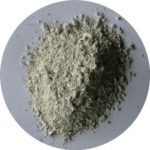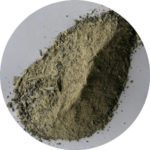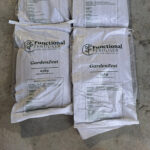In an ever-changing world it’s comforting to know that some things remain the same. September nervousness has been a constant for as long as I’ve been involved in pastoral farming.
Animal demand increases with lambs and calves hitting the ground and the steadily lifting requirements of their mothers.
Available feed supplies dwindle by the day, here in the South soil temperatures at the time of writing are still well below 10oC, the temperature at which large amounts of nutrient, including nitrogen, flood the soil driving spring growth.
This will have taken place by the time this article is published however there are still some important issues between now and Christmas to think about.
The application of synthetic nitrogen in July and August does increase September growth however at the expense of growth in November and December.
You can’t have something for nothing, and increased nitrogen stimulated early season growth always comes at the expense of later season growth.
This has in large part driven the ‘grab what you can before Christmas’ mentality, resulting in shortened intervals between grazings and a sense of chasing one’s own tail.
Nitrogen driven feed in September and October is high in crude protein, more correctly nitrates. Excess intake by grazing animals results in rapid weight loss, calcium/magnesium and trace element deficiencies as animals excrete feed prior to full digestion.
This ratchets up the pressure on operators who often feel they are at best limiting damage. Then there’s rising milk urea levels with excess urea in urine leached through wet soils resulting in higher than desirable nitrate-N losses to groundwater.
These issues are often regarded as the price paid for high production, yet there are farmers whose spring production is significantly higher overall than mainstream.
By using Functional Fertiliser products and implementing longer interval grazing management, costs are reduced and profitability is such that the decision is how the surplus is best spent.
The amount of energy supplied by sunshine is almost everything in spring. Still bright sunny days result in the rapid lifting of soluble sugars in plants with more nitrate converted to full protein.
Protein to fat ratio in milk lifts, lactating animals lose less weight, animals graze rather than browse and there’s genuine pleasure in spending time in the paddock with animals.
Even without synthetic nitrogen applications there’s an excess of nitrogen available which requires managing. The best option is longer covers allowing the natural process of photosynthesis to fully take place.
To achieve this, grazing intervals are best maintained so that 3500kgDM/ha is available for lactating cows, which may mean an optimum interval of around twenty-five days.
As a rule of thumb, a genuine 30 days between grazings by Christmas results in one grazing in January, one in February, and a portion of the property grazed prior to autumn rain arriving, a normally easily manged situation.
Clover growth has and will always remain the key to pasture growth from mid-November until mid-March, a 120-day period during which time 50% of the annual total pasture is often grown.
Understanding the soil fertility inputs and management techniques necessary to maximise growth over that time can make the difference between profit and loss.
For more information talk to Peter on 0800 843 809.




